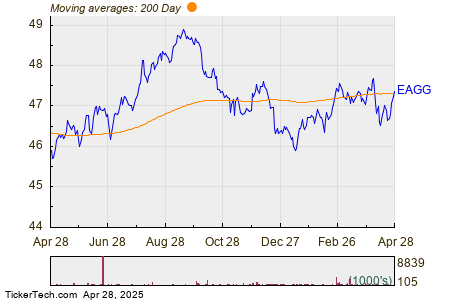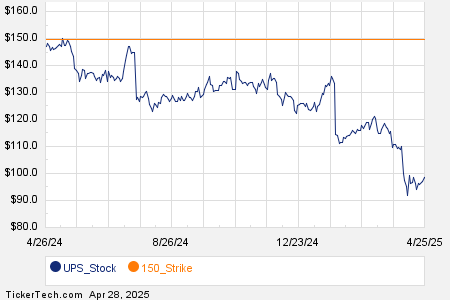Corning’s Earnings Report: Anticipated Growth Amid Historical Trends
Corning (NYSE:GLW) is set to publish its earnings report on Tuesday, April 29, 2025. Over the past five years, the stock has recorded a negative one-day return after 60% of its earnings announcements, with an average decline of -3.1% and a maximum drop of -6.9%.
Expected Financial Performance
Analysts project earnings per share (EPS) of $0.51 on sales of $3.63 billion for the upcoming report. This marks a substantial double-digit increase from last year’s EPS of $0.38 on sales of $3.26 billion. The anticipated growth is likely driven by the optical communications sector, which is benefiting from rising demand linked to AI advancements and new product launches.
Strategies for Event-Driven Traders
For traders focused on market events, analyzing Corning’s historical stock movements after earnings can be instrumental. The immediate market reaction will hinge on the actual results versus investor expectations. Traders might consider two strategies:
- Pre-Earnings Positioning: Being aware of the historical likelihood of negative returns allows traders to prepare before the earnings announcement.
- Post-Earnings Trading: Understanding the link between immediate stock reactions and medium-term performance can guide trading strategies one day after the announcement.
Financial Fundamentals of Corning
From a structural standpoint, Corning has a market capitalization of $38 billion. In the past year, the company reported $13 billion in revenue, achieving operational profitability with $1.1 billion in operating profits and a net income of $506 million.
Historical Post-Earnings Performance
Examining trends in one-day (1D) post-earnings returns yields interesting insights:
- In the past five years, 20 earnings events were recorded, with 8 positive and 12 negative one-day returns, reflecting a 40% positive return rate.
- This rate improves to 45% when analyzing the last three years.
- The median of the 8 positive returns is 3.9%, while the median of the 12 negative returns is -3.1%.
Return Correlations Over Time
Traders might also consider the correlation between short-term (1D) and medium-term returns (5D, 21D) following earnings. If a significant correlation exists, traders can implement strategies based on short-term outcomes to predict medium-term movements. For example, a positive 1D return may justify a “long” position for the following 5 days. Below is correlation data based on five-year and three-year historical patterns.

GLW Correlation Between 1D, 5D and 21D Historical Returns
The views and opinions expressed herein are the views and opinions of the author and do not necessarily reflect those of Nasdaq, Inc.




